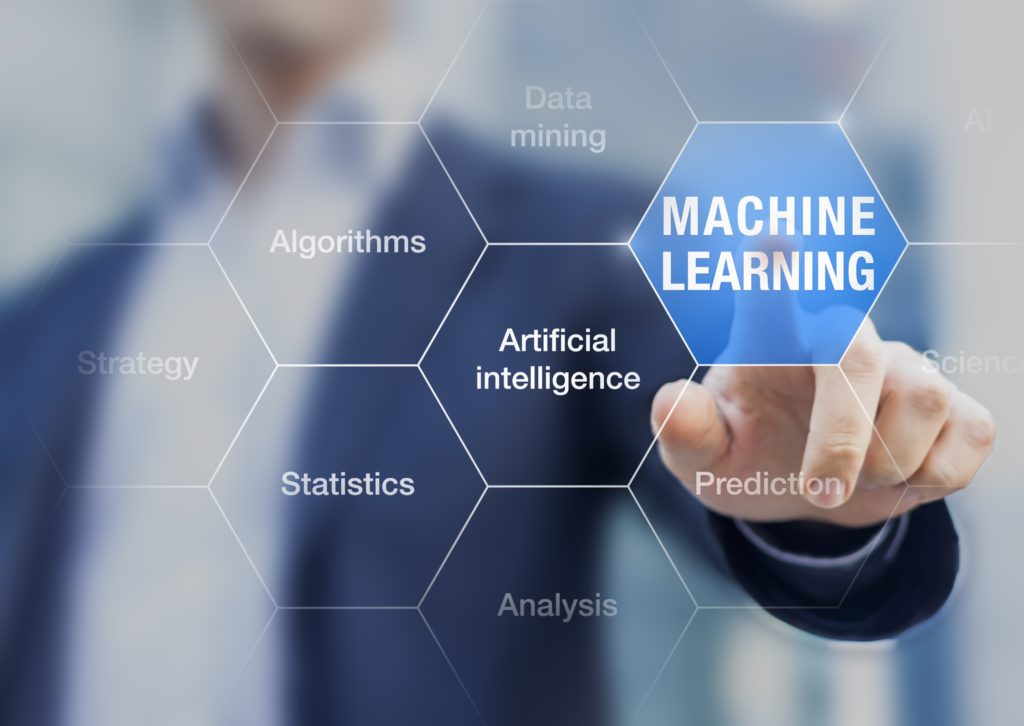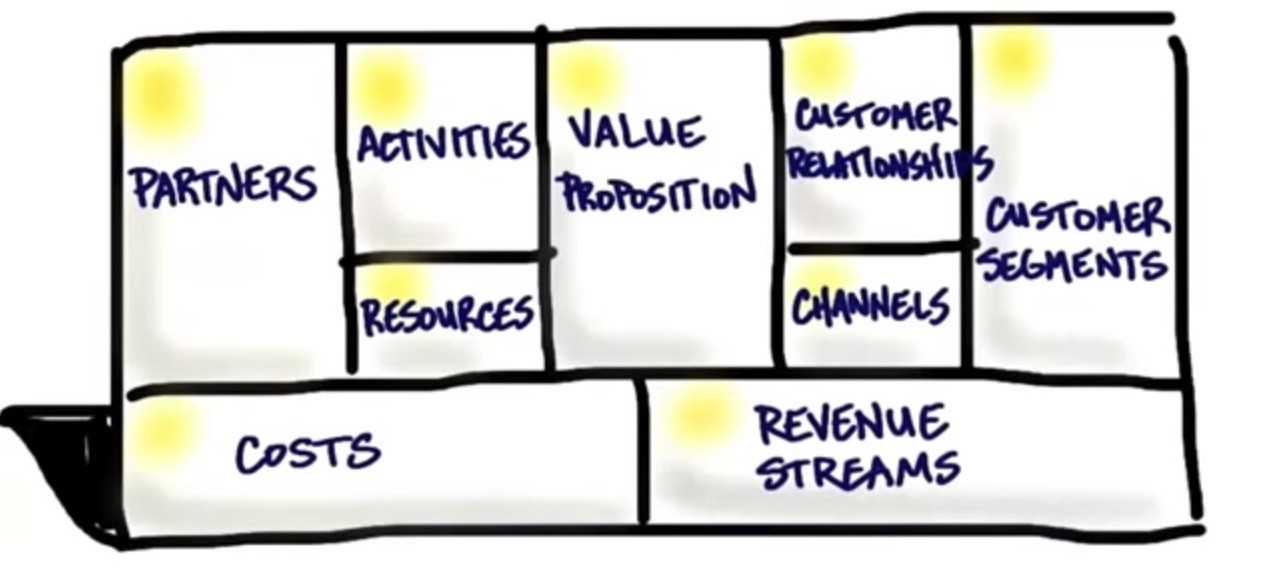Blog
Harness the Power of Artificial Intelligence (AI) to Improve Your Bottom Line

Author: Kris Chennaiah, MBA, PMP
Companies seeking growth are quickly adopting artificial intelligence within their process workflows. The goal is not to replace human resources, but to automate the day-to-day menial tasks that “free up” more time for a company’s resources to pursue better solutions through discovery and innovation.
The result is an efficient business model that utilizes artificial intelligence to support the business’s operations, and an empowered workforce better positioned to seize new market opportunities.
For example, Uber Technologies Inc. quickly became a billion dollar company by leveraging automated tools to oversee the complete operations of its workforce, including everything from ride sharing to billing. Uber uses Machine Learning (ML) technology to provide its customers with real-time routes, accurately forecasted arrival times that consider traffic patterns and non-functioning lanes, among other benefits that evaluate present context and time. For other companies, artificial intelligence in the form of “bots” can provide enhanced customer support, forecasting, scheduling, financial reporting, and other administrative functions based on a set of configured instructions and reliable data. What a human took to perform in a full-time 40-hour workweek, a bot can do in less than an hour with the availability of data input. AI is also self-learning, so the time to perform repetitive tasks can take progressively less time in the future.
What a human took to perform in a full-time 40-hour workweek, a bot can do in less than an hour with the availability of data input.
So what does this mean for the business? Resources can use their skills to support business development, or participate in research and development. The improved cross-functional integration and effective use of time and resources leads to high performance teaming, improved collaboration, and new competitive advantages.
By harnessing the power of robotics, management is also rethinking its recruitment strategy. Instead of hiring from outside, the freed up time can enable the company’s existing resources to support other cross-functional tasks, and identify new value-add.
There is also evidence to suggest that artificial intelligence can make better decisions based on quantitative and predictive analysis, than human beings. People rely on intuition and other biased experience that may skew the decision-making process. Where pure data is concerned in matters such as performance management, cost/benefit analysis, or demographic studies, a computer can output a more decisive and objective decision that better represents the facts. While AI is no substitute for human intuition and judgement on matters involving client relationships and personnel growth, AI can effectively improve decision outcomes for purely data-driven metrics.
A lot of time is spent on correcting human errors in billing, reporting, and metrics. Bots can effectively prevent human errors with a set of business rules, standard set of metadata, and clear objectives. By inserting bots into the management workflow, the data is more reliable and available for timely and accurate decision-making.
In the area of customer service, “chatbots” are quickly appearing on banking and restaurant websites. The chatbots can take customer orders, answer customer inquiries, and direct customers to the relevant information. Chatbots can also be integrated with personal social media accounts for added convenience. For example, Pizza Hut uses a chatbot that allows customers to place orders through their Twitter or Facebook account. This saves the user time from having to create a Pizza Hut account or entering payment information, as this is handled from the user’s centralized social media account, and the data is saved to facilitate faster re-ordering.
With AI, the resulting efficiencies inevitably improve the business’s bottom line by reducing costs involved in hiring and training new people, correcting human errors, and improving the company’s marketability through resources spending more time on innovative strategic tactics and solutions.





Leave a Reply